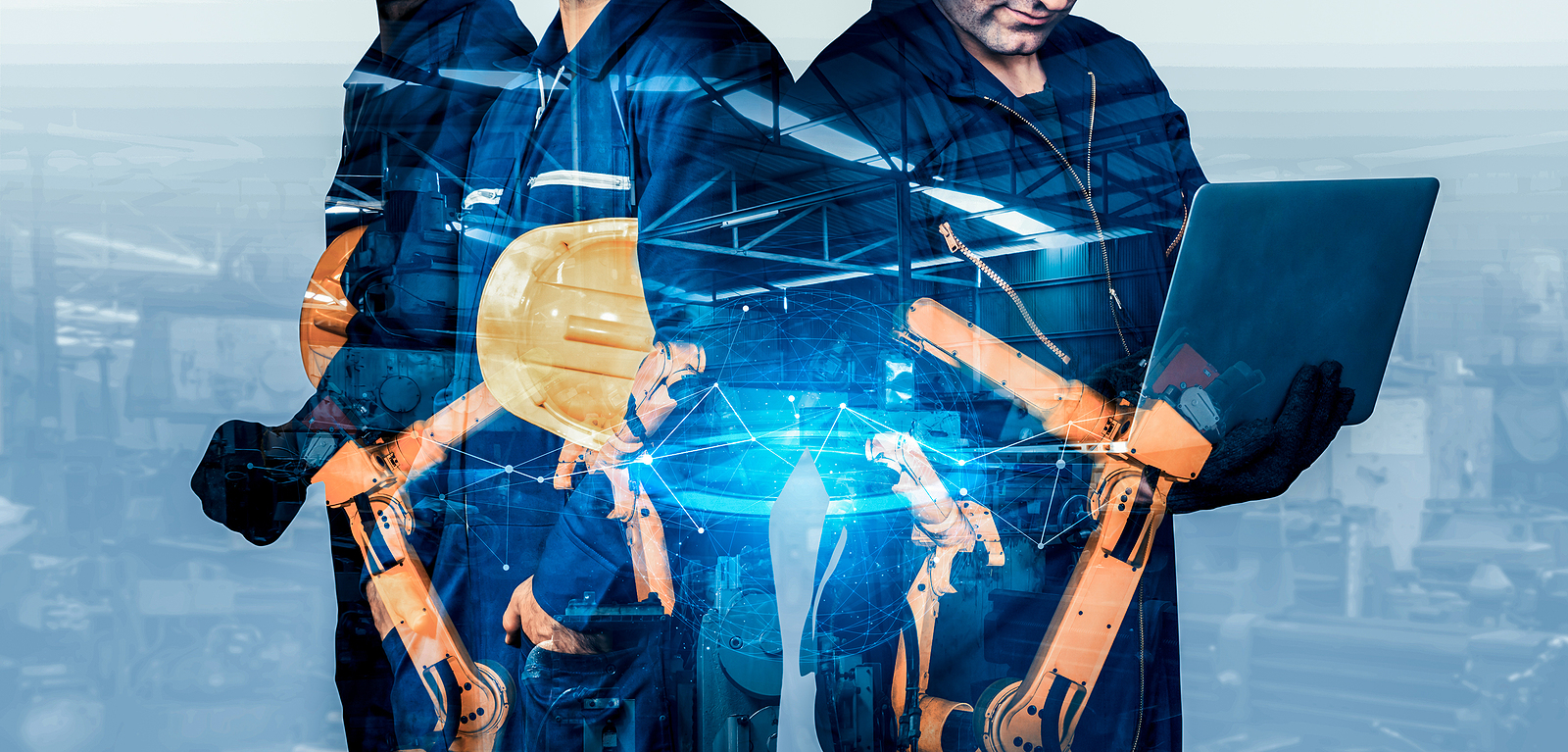Do you remember learning about the Industrial Revolution as a kid? History books often describe it as a single, world-changing event that reshaped economies, societies, and the future of manufacturing. While that is true, it is also incomplete.
There have been four distinct industrial revolutions so far, and we are already seeing the fifth take shape. Each wave has redefined how we work, what we build, and where we’re headed next. At FlexTrades, understanding this evolution matters—not just because it’s history, but because it helps us prepare for the future.
Let’s walk through each phase.
Industry 1.0: The Mechanical Revolution
Industry 1.0 began around 1784 and introduced the world to steam power. Steam wasn’t new, but its industrial application changed everything. With powered tools, steamships, and railroads, the shift from farming to urban factory life began. Rail travel opened up new regions. Factories created new jobs. People began migrating to cities for work. This marked the first major transformation of labor and manufacturing.
Industry 2.0: The Mass Production Revolution
Around 1870, speed became the next big goal. Electricity, gasoline engines, telephones, and assembly lines ushered in an era of mass production. This was the age of industrial scale, where the modern manufacturing model took shape.
We also got our first taste of global connectivity—radios allowed ideas to travel faster than ever, while lighting and telecommunication extended work hours and workplace reach. The foundation for modern society was set.
Industry 3.0: The Digital Revolution
In 1969, the rise of semiconductors, computers, and the Internet marked the start of Industry 3.0. Known as the Digital Revolution, this phase changed how we made things, how we worked, and how companies managed their operations.
Production became more precise. Global supply chains expanded. Analog became digital. Curious what that really means? This Analog vs. Digital Electronics article breaks it down clearly.
Industry 4.0: The Intelligence Revolution
We are living through Industry 4.0 right now. This phase centers around Artificial Intelligence and its wide-reaching applications. From autonomous vehicles to robotic automation, predictive analytics, 3D printing, and virtual assistants, we are reshaping how we design, produce, and deliver goods.
This revolution is far from over. If you’re interested in a deeper dive, check out this detailed Industry 4.0 overview to learn more about what it is, how it works, and what comes next.
Industry 5.0: The Human-Centered Revolution
We are just beginning to step into Industry 5.0. What sets it apart is its emphasis on human-machine collaboration. The goal is to ensure technology serves not just businesses, but also employees, communities, and the environment.
While the exact definition is still evolving, one thing is clear: inclusion, sustainability, and human value creation will drive this next industrial chapter. At FlexTrades, we’re excited to see what’s ahead—and we’re preparing our workforce to grow with it.




